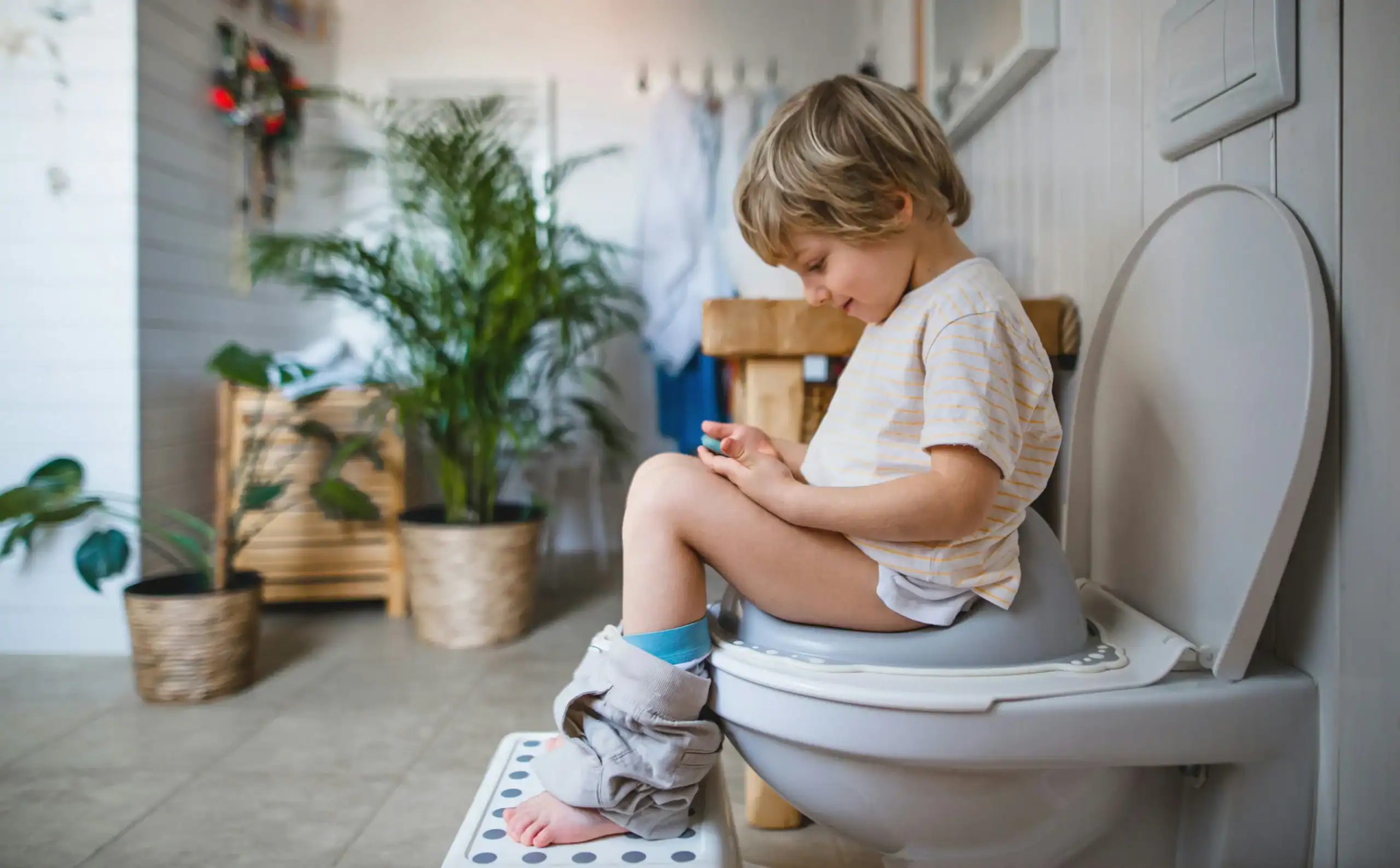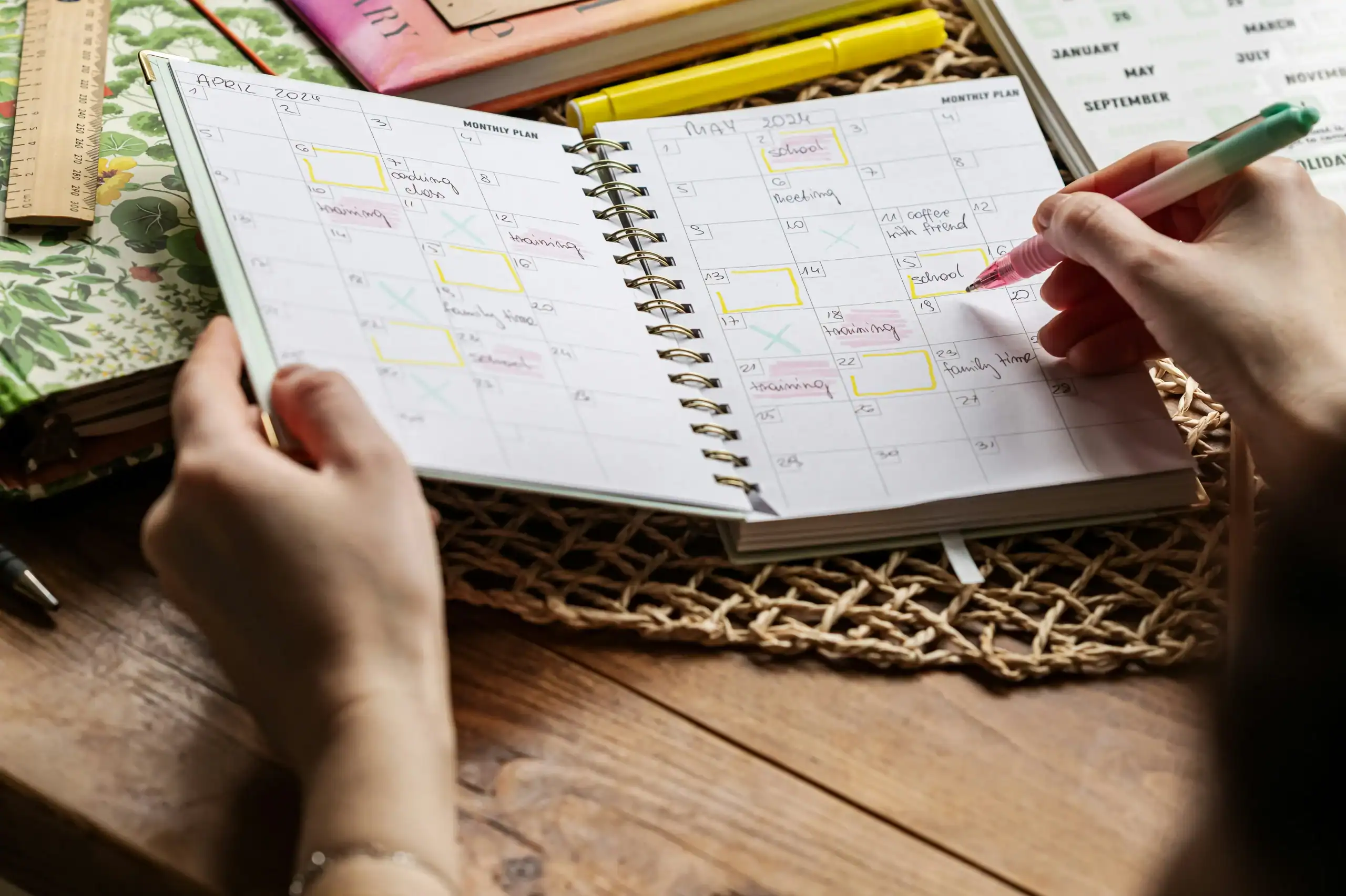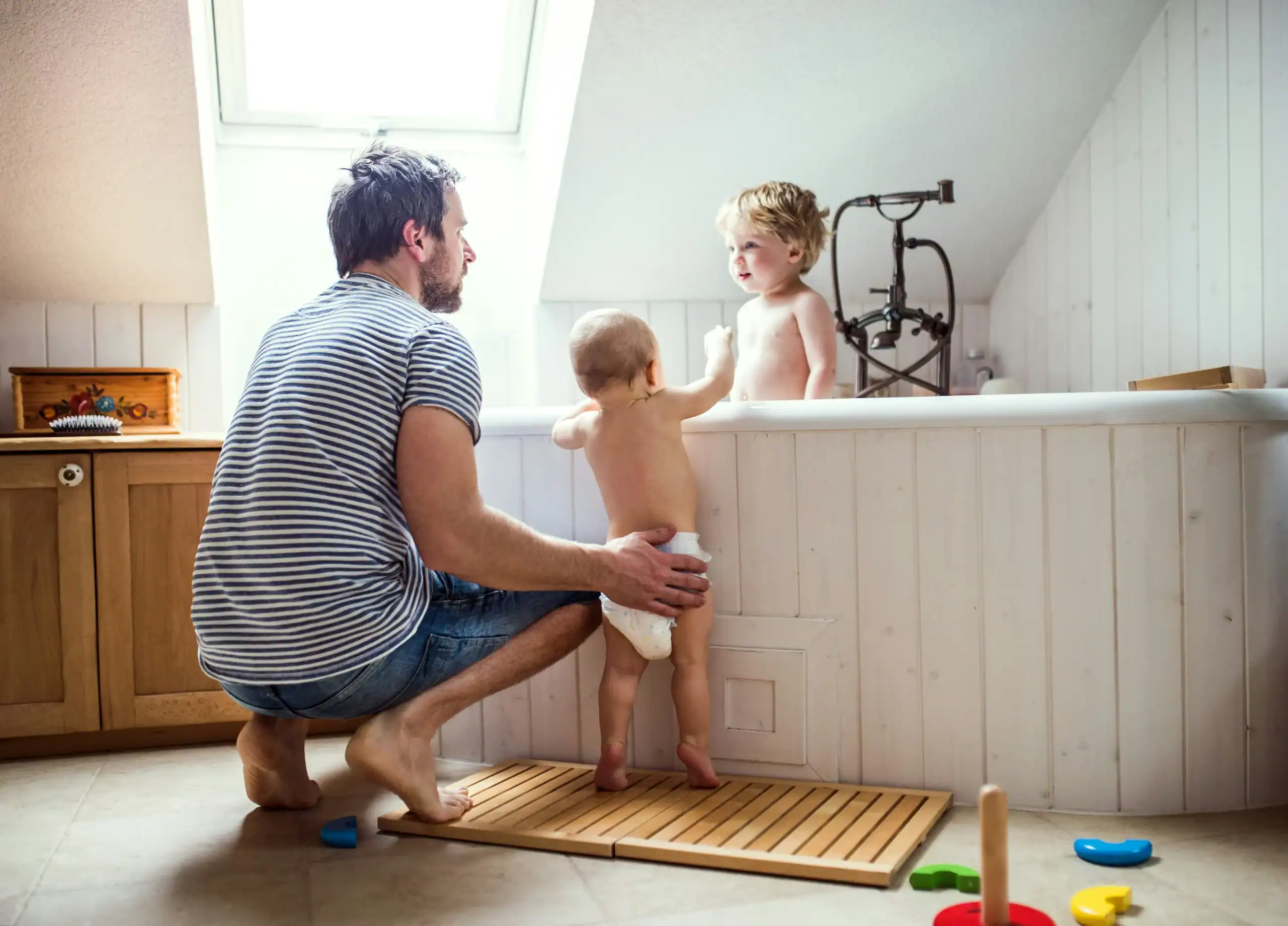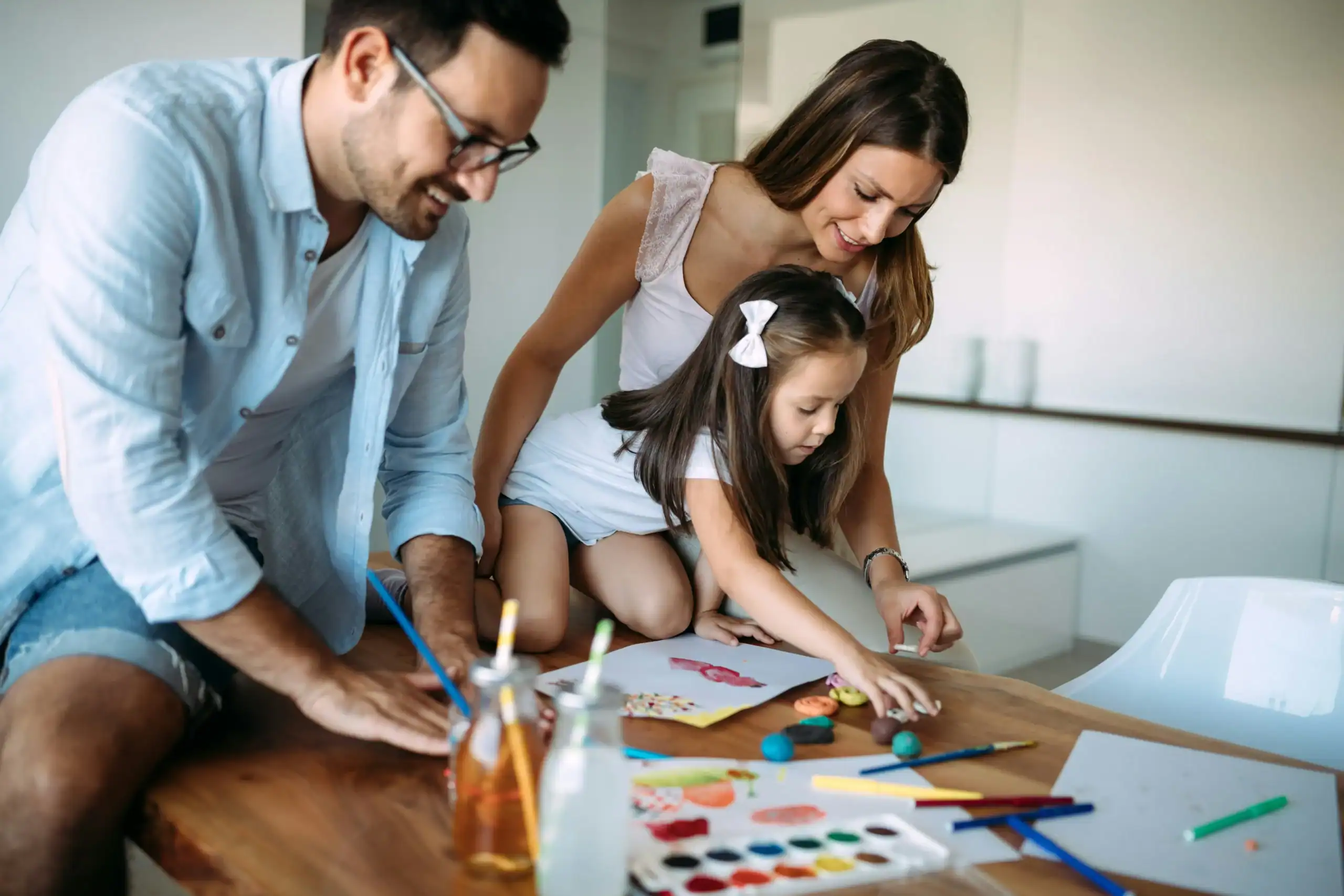Starting the potty journey can feel like a big step for families, especially when a child has unique needs. Research shows that toileting resistance affects nearly half of children with autism (49%), compared to 24% of children with developmental delays and only 8% of typically developing children.
Potty training special needs children may take more time, but small steps and consistent routines make progress possible. To guide you through this stage, this post introduces toilet training tips for autism and special needs that are simple and parent-friendly. Each idea focuses on routines families already use, so the process doesn’t feel too heavy.
These tips give clarity and direction while supporting independence at your child’s pace. Parents can take each step one at a time and adjust as needed. Small efforts today set the stage for progress tomorrow.
Remember, no one expects perfection overnight. Breakthroughs happen when families stay consistent, create predictable routines, and lean on supportive resources. These tips are not just strategies but practical tools for everyday life.
Families often benefit from resources like The Autism Voyage to explore solutions for special needs family.
Table of contents:
- Potty Training Special Needs Children: What Parents Should Know
- Tip 1: Create a Consistent Routine
- Tip 2: Adapt Strategies to Your Child’s Needs
- Tip 3: Use Positive Reinforcement
- Tip 4: Focus on Communication and Cues
- Tip 5: Modify the Environment for Success
- Tip 6: Work With Professionals and Care Teams
- Common Setbacks
- Finding Support with The Autism Voyage

Potty Training Special Needs Children: What Parents Should Know
Every child learns in their own way, and this is especially true with toilet training for special needs. Parents often notice that common toilet training methods don’t always fit perfectly. To make the journey easier, let’s look at why training can feel different and the common challenges families face.
- Why Toilet Training Can Be Different
Children with additional needs may respond differently to toilet routines because of sensory or medical factors. Communication delays make it harder to express needs. Here are a few reasons families notice these differences:- Sensory sensitivities may make the toilet feel uncomfortable.
- Delayed communication can make it harder to share needs.
- Medical conditions sometimes affect timing and progress.
- Common Challenges Faced by Families
Many parents face hurdles like toilet training regression even after progress. Fear of the toilet or difficulty recognizing body signals can increase stress. Here are some common struggles families experience:- Toilet training regression may happen after progress.
- Fear of the toilet is common in early stages.
- Recognizing body signals can take extra time.
Stay encouraged by Joining our newsletter for helpful tips and parent-friendly resources.
When to Start Toilet Training
Knowing when to start toilet training can feel tricky for children with special needs. Watch for signs like bathroom interest or staying dry. Developmental readiness often matters more than age, helping families choose the right time.
Parents can learn more insightful resources by visiting Blogs for Special Needs Families for helpful articles and advice.

Tip 1: Create a Consistent Routine
Consistency is key in toilet training for special needs, and a set schedule helps children know what to expect. Schedules and visual supports, like charts or picture cards, make bathroom steps easier to follow. Predictability for comfort lowers stress and helps children feel secure. With steady practice, routines become a natural part of daily life.
Here are a few simple ways to build routine:
- Use a clear visual chart that explains each bathroom step.
- Take your child to the toilet at the same times.
- Offer warm praise whenever your child follows their daily routine.
- Keep bathroom breaks calm, short, predictable, and always stress-free.
- Give gentle reminders to build consistent practice.
Consistency turns small steps into lasting habits. Children feel safe when routines are clear and predictable. Visual supports and steady schedules guide them through the process. Over time, these routines become part of daily life with less stress.
Need practical tips? Visit emotional dysregulation in autism, a helpful guide for your special needs family.
Tip 2: Adapt Strategies to Your Child’s Needs
Every child learns differently, so adjusting approaches is key with autism, ADHD, or developmental delays. A safe and steady toilet training seat can reduce fear. Using sensory-friendly methods, like soft seating or gentle lighting, helps create comfort. Adapting strategies to your child’s needs often leads to smoother progress.
Here are a few ways to personalize training:
- Choose a safe and stable toilet training seat for comfort.
Adjust bathroom lighting or sounds to help reduce stress.
Provide calming toys that support focus during toilet training practice.
Use simple language or picture cues to give guidance.
Shorten training sessions whenever your child feels anxious or overwhelmed.
Every child’s path to learning is unique. Adapting methods to fit autism, ADHD, or developmental delays builds comfort. Sensory-friendly tools help children feel calm and secure. With the right adjustments, training feels more manageable for parents and children.

Guide for Writing a Letter of Intent for Families with Special Needs
This guide provides you with essential tips for crafting a Letter of Intent. Perfect for families navigating the complexities of planning for a special needs future.
Tip 3: Use Positive Reinforcement
Children respond well to encouragement, and this is especially true with toilet training tips for autism. Rewards, praise, and motivators can keep progress moving forward and build confidence. It’s best to avoid punishment and stress, since these can slow learning. Gentle reinforcement makes training feel safe and encouraging.
Here are simple ways to use positive reinforcement:
- Reward each bathroom success with small, motivating and fun items.
Praise your child with smiles, claps, or big high-fives.
Offer stickers or toys as regular positive reinforcement rewards.
Keep your tone calm, gentle, encouraging, and stress-free.
Celebrate every effort, not just fully successful bathroom trips.
Encouragement makes progress easier to achieve. Rewards and praise help children feel proud of their efforts. Avoiding punishment keeps the process positive and stress-free. Small celebrations along the way create motivation for continued success.
Tip 4: Focus on Communication and Cues
Clear communication is a big part of autism toilet training tips. Teaching your child to express the need to go helps them feel more independent. Some children may use words, while others respond better to visual cards, gestures, or assistive devices. Focusing on both expression and cues helps children link body signals with action.
Here are simple ways to build communication skills:
- Teach simple words or signs that mean bathroom or toilet.
- Provide clear visual cards your child can hand you.
- Try assistive devices with bathroom routine reminders.
- Watch body cues like fidgeting, holding, or constant squirming.
- Praise any attempt your child makes to communicate needs.
Clear communication helps children connect body signals to action. Words, signs, or visuals give them confidence to share their needs. Parents can watch cues and respond with patience. Together, these steps reduce accidents and build independence.

Tip 5: Modify the Environment for Success
The bathroom setup can shape progress. Parents often need tips for toilet training at night and during the day. Choosing the right toilet training seat or adaptive equipment helps children feel safe. Reducing sensory triggers like bright lights or loud sounds lowers stress. A calm space makes learning feel less overwhelming.
Here are simple ways to adjust the environment:
- Pick a stable toilet training seat or strong step stool.
Reduce loud bathroom noise and soften bright lighting inside.
Keep calming items nearby to lower stress during practice.
Add a small night-light for safe bathroom trips.
Keep bathroom space simple, safe, uncluttered, and child-friendly.
The bathroom should feel calm and safe. Adaptive tools, like a steady toilet seat, build comfort. Reducing noise or bright lights eases stress. A child-friendly space helps children focus and succeed.
Tip 6: Work With Professionals and Care Teams
Parents don’t have to do toilet training alone. Support from occupational therapists, pediatricians, or behavioral specialists can guide families toward the right toilet training methods. Partnering with schools and caregivers builds consistency across settings. A team approach helps children feel supported everywhere they go.
Here are simple ways to involve professionals:
- Ask occupational therapists for sensory-friendly toilet training guidance.
- Consult your pediatrician for medical training concerns.
- Share training routines with teachers for consistent daily support.
- Use the same toilet training methods at school and home.
- Keep communication open with the entire supportive care team.
Families don’t need to do this alone. Therapists, pediatricians, and teachers provide valuable guidance. Sharing routines across settings creates consistency for children. A supportive team helps build confidence and steady progress.
Common Setbacks
Every parent wonders how long does it take to toilet train, and it’s normal to face bumps along the way. Some children may learn quickly, while others take longer and need extra patience. Progress often comes in steps, not all at once.
Setbacks like accidents or toilet training regression can feel frustrating, but they don’t mean failure. These moments are simply part of the process. With calm guidance, families can help children get back on track and continue moving forward.
- Handling Accidents with Patience
Accidents are part of learning and don’t mean failure. Staying calm helps your child feel safe and supported during training. Each slip is a chance to guide them back into routine with encouragement. - What to Do if Progress Stalls
Some children may stop progressing, which can feel discouraging. Parents can restart with shorter sessions, add visuals, or use rewards to boost motivation. Small changes often help restart momentum and build confidence again.
Setbacks happen to almost every family. With patience and gentle guidance, children eventually build new habits. The key is staying calm, flexible, and remembering that progress comes in small steps.

Finding Support with The Autism Voyage
Parents don’t have to face toilet training special needs challenges alone. The journey can feel heavy, but having the right tools makes it easier. Guidance, resources, and encouragement help families feel less stressed and more confident.
Community support can also make a big difference. Sharing stories and advice with others who understand brings comfort. Families who feel connected often find new hope and strength to keep going.
- Resources and Tools
The Autism Voyage shares guides, blogs, and training tips parents can use at home. These resources are designed in simple, parent-friendly language. Families can learn strategies that fit everyday life and build confidence. - Community Support
Finding others who share challenges creates hope and encouragement. The Autism Voyage, schools, and community groups connect families through stories, advice, and guidance. Knowing you are supported in many places makes the journey easier.
Families thrive when they feel supported. With resources, guidance, and a strong community, parents gain confidence in helping their child succeed. You never have to take this journey by yourself.
Have questions or need help in your financial clarity journey? Reach out to us, we’re here for you every step of the way.
Key Takeaway:
- Consistency Builds Comfort
Children with special needs thrive when routines stay steady. A clear schedule and familiar steps lower stress and create comfort. Small, repeated actions help progress feel natural instead of forced. - Patience Overcomes Setbacks
Parents often face toilet training regression or accidents along the way. Staying calm and positive helps children feel safe. Each challenge is a chance to guide gently and move forward again. - Communication Matters
Teaching children to express when they need to go makes a big difference. Words, gestures, or picture cards can all be helpful. Clear signals build confidence and reduce accidents. - The Environment Shapes Success
A calm, safe bathroom makes training easier. Using the right toilet training seat or adaptive tools gives comfort. Soft lights, less noise, and simple changes create a space where children feel secure. - Support Makes a Difference
Families don’t have to do this alone. Guidance from therapists, schools, and resources like The Autism Voyage bring strength. Support creates confidence for both parents and children.
